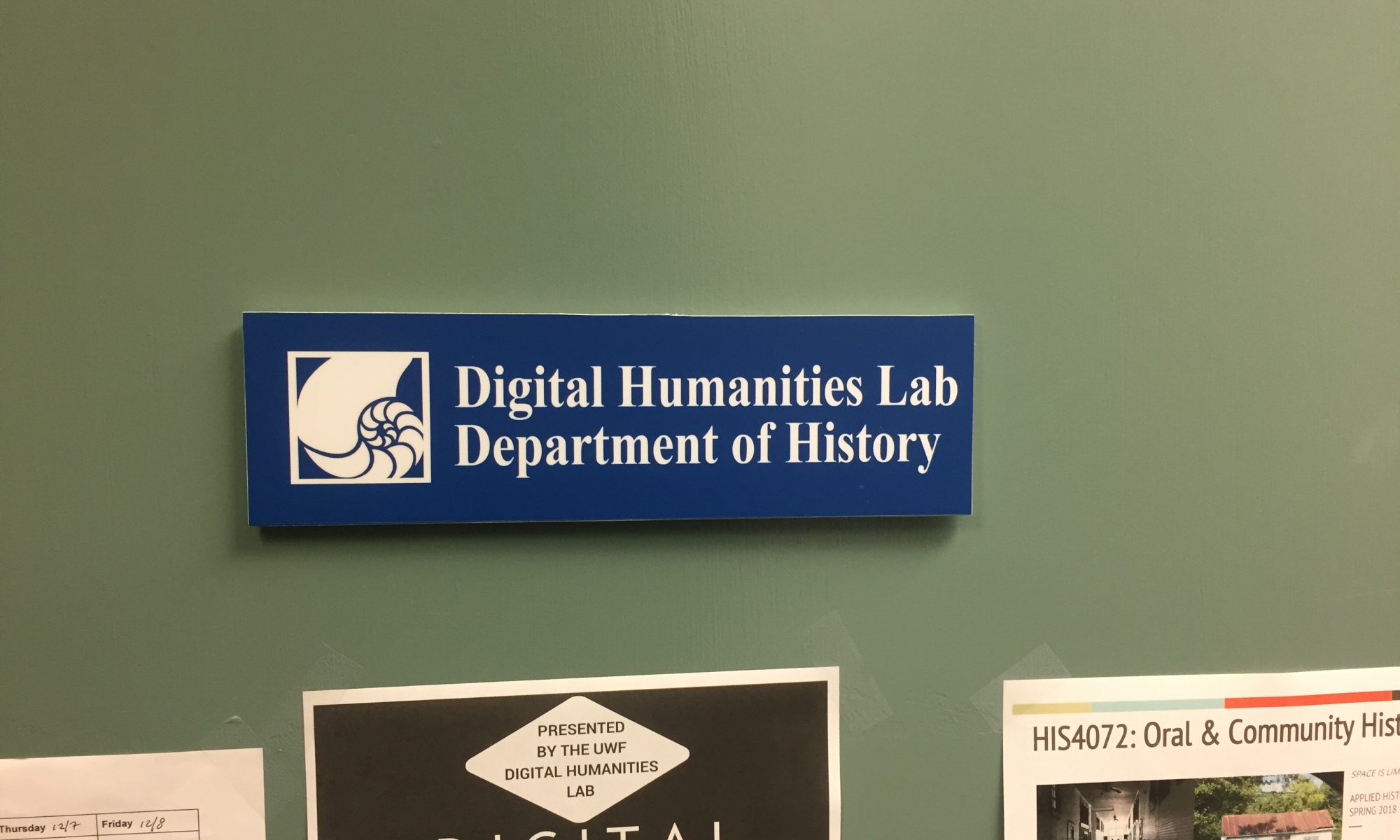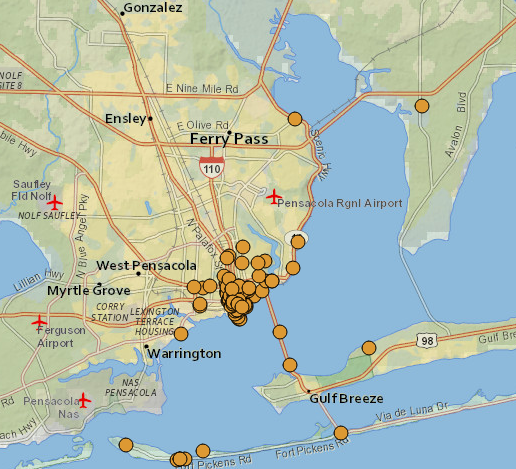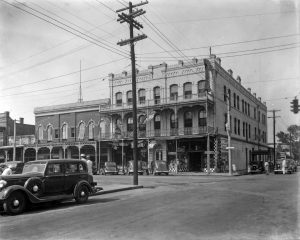Robert B. Lloyd wrote “The Development of the Plan of Pensacola During the Colonial Era, 1889-1821” in which he states that Tristan de Luna’s 1559 landing party included about one-thousand civilians. Other sources state that between 1781 and 1820 about two-hundred houses and three-hundred residents lived in Pensacola. Pensacola, Florida is situated on beachfront property that attracts large groups of people, and a cultural heritage that piques the curiosity of tourists. The city’s leisure and recreation industry presents art and entertainment opportunities that continually attract visitors. The research conducted here aims to shed light and understanding of the leisure and recreation history of different living spaces in Escambia County. The traveler’s havens allowed people to socialize, travel, and conduct business. Hotels represent the economic and technological ambition of the city, yet still aim to serve. The city saw huge development movements in the early 1900s in the following featured sites: The Hotel San Carlos, The Merchant’s Hotel, and The National Hotel. These sites represent a different kind of living space (public house, boarding house, and hotel).
The traveler’s haven represents facilities like hotels, cottages, boarding houses, also known as taverns or inns, and condos that offer travel accommodations. From 1789 to 1815, public houses represented places that sold alcohol and offered short-term lodging. Public houses admitted outsiders and watched them closely. Boarding houses allowed travelers to keep some level of privacy for lengthy stays. Courts usually had architectural meaning, but could also indicate a permanent household for social events. Cottages are an alternative to hotels and offer furnished dwellings for extended vacations. The first hotels were economic investments, commercial opportunities taken as modes of transportation improved and travel increased. Because hotels are commonplace facilities in the modern world they went almost undetected, and their history unwritten. Hotels function differently from public houses. Several of the hotels in Pensacola were converted into contemporary buildings. For example, James Michael Mulden bought the First Methodist Church in 1908, converted it into the San Carlos Hotels, and demolished it in the 1990s for a state Courthouse.
The traveler’s havens are historic artifacts, ones that can introduce us to the people and the region. Guidebooks highlight regional attractions and suggest lodging accommodations. The first national hotel guides were published in the 1870s. In 1949 by Victor H. Green and Company published The Negro Motorist Green Book, an African American traveling guide, to assist black travelers finding room and board. The Pensacola, Florida City Directory: Including Gulf Breeze dates to 1893 and holds the names and addresses of hundreds of boarding houses, hotels, and cottages. The leisure and recreation inventory showcases over two-hundred sites, which merely scratches the surface.
Featured Sites
Recommended Readings
Brymer, Robert A. Hospitality & Tourism: An Introduction to the Industry. Dubuque, Iowa: Kendall/Hunt Pub. Co, 2000.
Jackson, Harvey H. The Rise and Decline of the Redneck Riviera: An Insider’s History of the Florida-Alabama Coast. Athens: University of Georgia Press, 2012.
Newton, Earle W. The Historic Architecture of Pensacola. Pensacola Historical, Restoration, and Preservation Commission: Pensacola, Fla., 1969. http://palmm.digital.flvc.org/islandora/object/uwf%3A16301#page/cover2/mode/2up.
Sandoval-Strausz, A.K. Hotel: An American History. New Haven: Yale University Press, 2007.
Author: Mariah Hills
Researcher ID: 0000-0002-5323-8034




